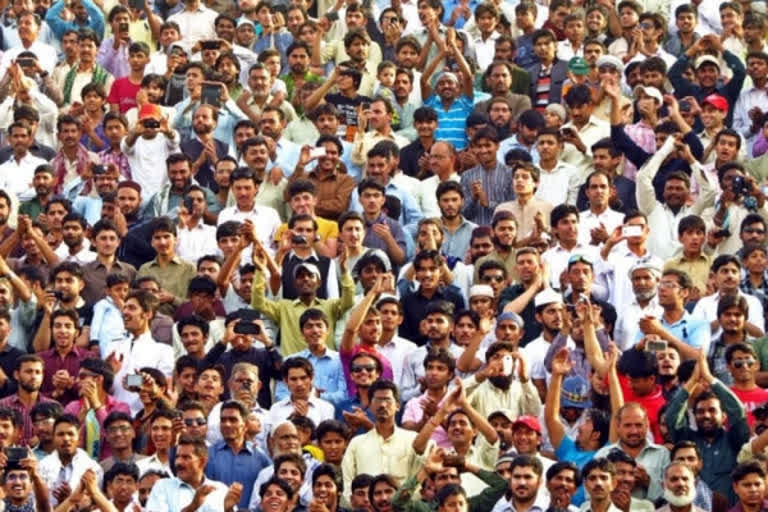New Delhi: The very fact that Assam government’s cabinet has recently approved the setting up of a new department to protect the culture and practices of people belonging to tribal and other indigenous communities may be testimony to the problem that the state’s indigenous continue to face mainly in western and central Assam.
The chairman of the Assam Minorities Development Board (AMDB), Dr Syed Muminul Aowal, has alleged that the population policy should not be a blanket call to reduce population and restrict family size but to ensure population equilibrium.
“Currently there is disequilibrium,” says Dr Aowal, the panel head told ETV Bharat.
“There are many indigenous communities in Assam that should be encouraged to increase their population rather than controlling it. For example, take the Hajong or the Dewri tribal communities. The Hajong community hasn’t witnessed any population growth in the last 150 years. They number less than 1 lakh in Assam. The Dewris, spread across 12 districts in Assam, do not number more than 2 lakh. Their size is almost static”.
AMDB was set up by the state government in 1985 under the department of Welfare of Minorities & Development to “uplift the minority sections of Assam, by empowering them under various schemes for income generation, skill development and self employment”.
The AMDB chief alleged that a pattern of migration of Bangladesh-origin Muslim voters has been noticed where they move from surplus population constituencies to nearby ones where an additional number helps tilt the electoral balance in their favour.
Dr Aowal gives the example of two seats—Jania and Baghbor—both under the Barpeta Lok Sabha constituency.
READ: 'Hidma’s rise in Maoist ranks significant, may indicate shake-up'
“Even if 1.5 lakh voters move away from these two seats, Bangladeshi-origin Muslim candidates will still win from these two seats. The surplus voters move to other constituencies. Similarly is the case with the Goalpara East and the Rupohi seat, even if a substantial number of Bangladeshi origin Muslim voters migrate from these seats, the winner will still be from their communities.”
“If we are to protect the indigenous of Assam, we will have to stop this inter-constituency migration, so that, the Bangladeshi-origin Muslim voters are restricted to just the 28-30 seats”.
With about 37 percent, Assam has the country’s highest percentage of Muslims.
It is believed that Assam has roughly 1.6 crore Muslims out of which about 1.2 crore would be Muslims of Bangladesh-origin who settled in Assam in different periods of time. The indigenous Muslim community, to which Dr Aowal belongs, does not number more than 45 lakh.
Dr Aowal says in Assam’s indigenous families, the number of children is usually one or two and rarely three. “If this trend continues and safeguards for the indigenous are no mounted, in the 2041 election, the chief minister of Assam will be a person of Bangladeshi-Muslim origin.”
The AMDB chairperson supports reservation of seats for the indigenous by making use of the Clause 6 provision of the Assam Accord that provides for constitutional safeguards.
Dr Aowal however admits that there is a problem in identifying who the indigenous are. “Till now there is no clarity or proper definition of who the indigenous Assamese is. The job of identifying the indigenous Muslim is all the more difficult. The Muslims of Assam are not a homogenous lot.”
“Even for Bangladesh origin Muslims in Assam, there are several categories. Some came before Independence in undivided India before 1947—like in many places of western Assam—and some came after. Their case is similar to many Koch-Rajbongshis, Hajongs and Bodos who are in Bangladesh. This category cannot be called immigrants but are of Bangladesh-origin.”
READ: Assam CM introduces bill to ban cow slaughter, check cattle smuggling



